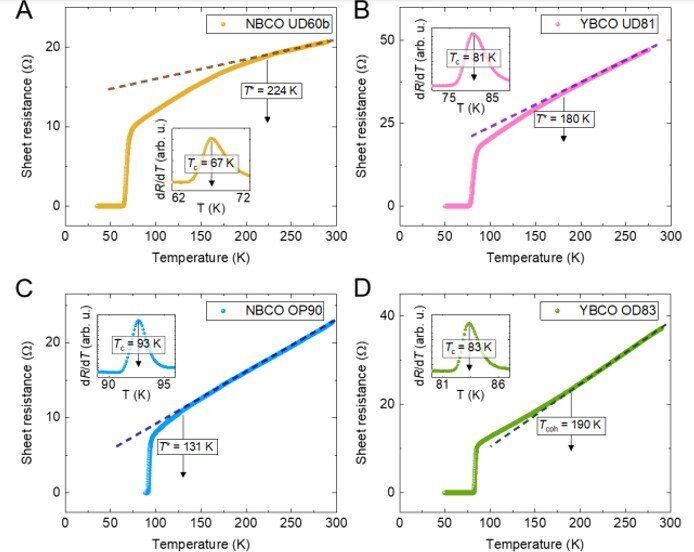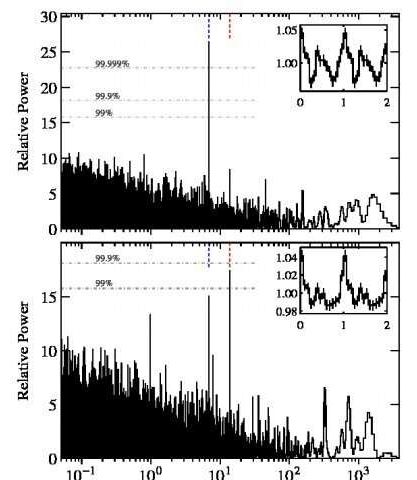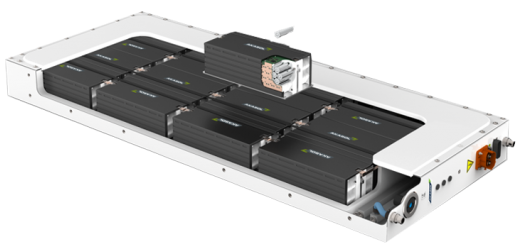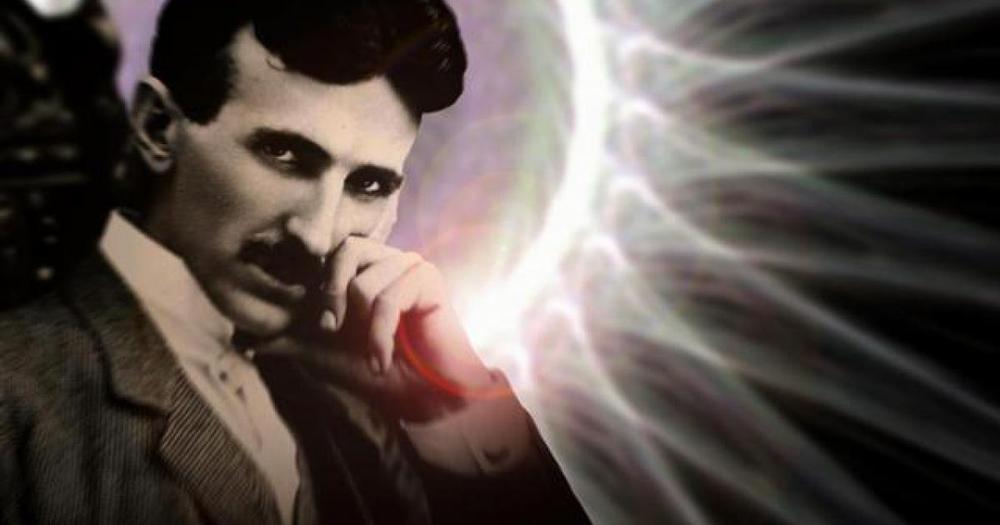The Under Armour Fat Tire GTX uses cutting-edge technology to help you tackle any trail. Taking design inspiration from off-road fat tire bikes, these boots are built on a Michelin outsole with a Wild Gripper rubber compound for excellent traction on a wide variety of terrain. A breathable GORE-TEX membrane provides total waterproof protection, and the UA Charged foam cushioning system delivers ultimate energy return and impact protection. The BOA speed closure system uses a unique click and turn dial and stainless steel laces to lock your feet in place faster than regular laces. These boots also feature a Cupron copper-infused sockliner that wipes out odor-causing bacteria to keep feet fresh. Built with composite textile and foam construction, these comfortable boots won’t let anything stand in your way on the trail.









